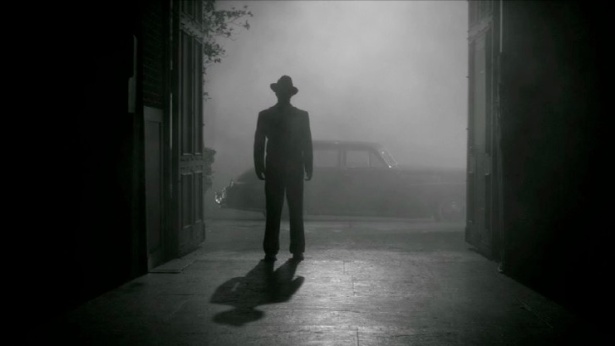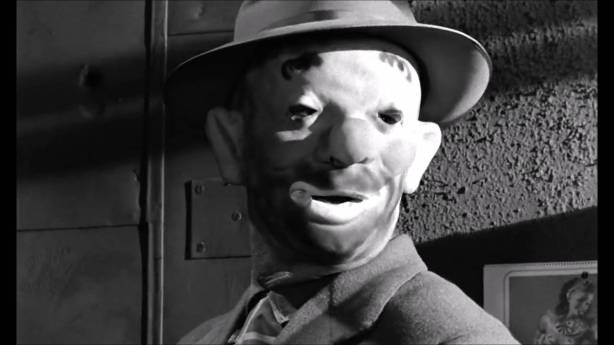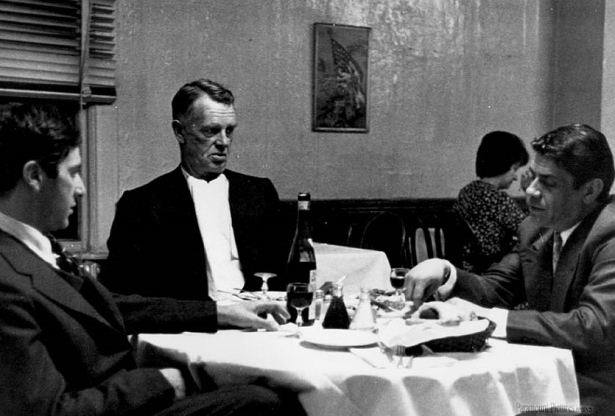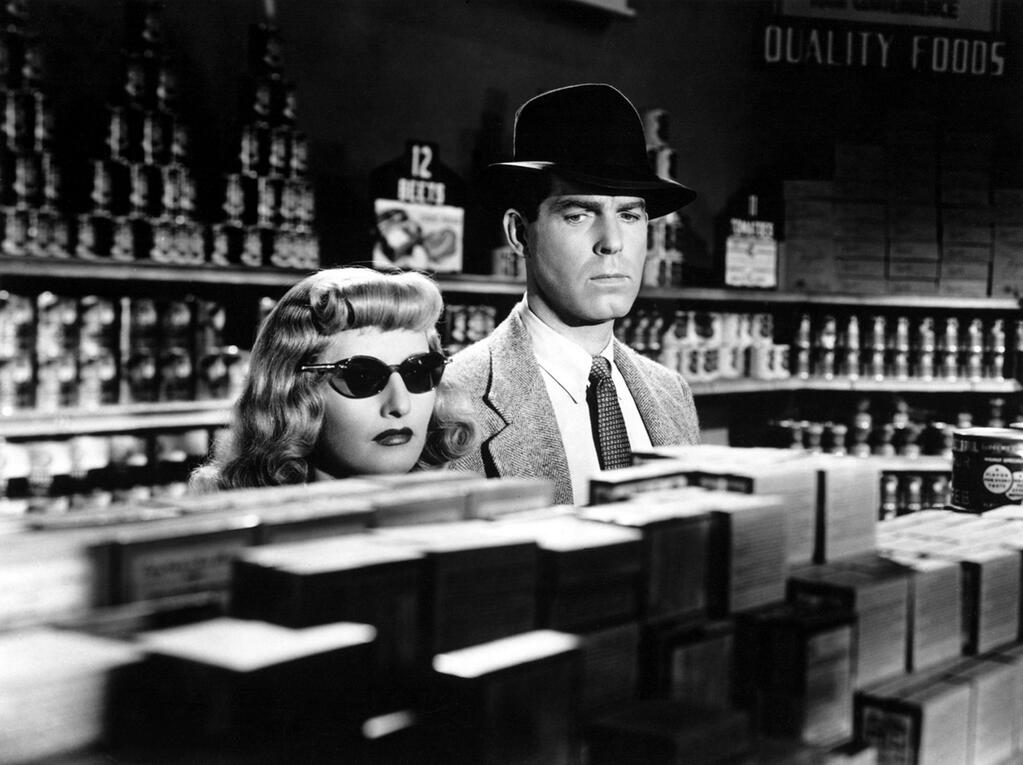We were at a party looking for them. And while most of the time we got skunked, sometimes we’d get lucky. They were the best bait for catching things. But that was a long time ago.

Maybe under this one. There is a connection somewhere.
I’m just trying to find it. And I keep looking around and inside hoping to find some light in the dark.
Films from a time-period, in (dare I say) a type of style . But why these films?
Kids do funny things to pass the time and our summer free-time was spent looking for crayfish. We called them rock lobsters. We were kids then.
You already knew that, right?

Hey. Yeah you. See the mug above? The one with the dame. Well that’s Richard Conte, the boss, see? The dame? She’s Jean Wallace. Some catch huh?
Later when I started turning over other things, I came across Conte in a number of noirs. Always seeming to play the heavy mixed-up in some racket, I thought I’d seen him somewhere outside those shadows.
Racking the same brain that fades, it hit me. He was Barzini from The Godfather, a film he appeared in many years after his film noir heyday.

Here was a clue and perhaps a bridge. A rock turned over.
Another mug. This one of Old Spice shave soap in a medicine cabinet. With a brush nearby. That was poppy’s way. He was a bridge too.
And another clue; more rocks.
So what’s the angle? That no one’s on the level.
Now it’s in another time in another place and in another form.
A frame.
And a good one. Thank you Mr. Kubrick because the mug below is hidden by a mask in this frame. Nothing but a two-bit hood. And Sterling Hayden was a good one too in The Killing.

But you’d take the mask off the hood and you’d get another peek.
Cuz that’s the mug again. In another scene from The Godfather. This time he’s the tall guy in the middle about to take a slug from Michael Corleone, played by Al Pacino to his right.

Sneaking up.
So you see, it ain’t just chasing dames and broads.
It’s about finding things and getting closer. It was a rock lobster.
Don’t mention it.













